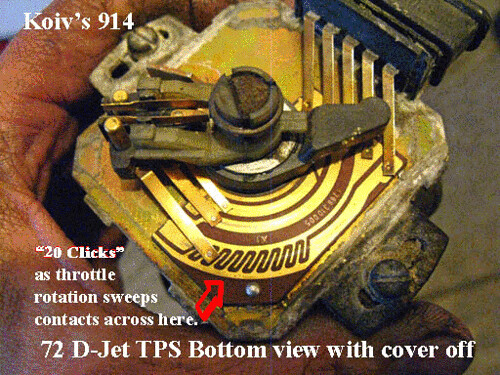oilcan93
Active Member
Ok, guys. Here is the deal. You know I just got my '73 3.0 CSI about a month ago. It has almost 52k miles on it so I decided to do a little tune up to see if it would run better. At this point, it idles smoothly, albeit around 1100-1300 rpm range rather than the 950 where it should be. But when I get past 40-50 mph it sputters and coughs. I ran a Seafoam fuel system cleaner to remove carbon. And it seemed to do a nice job....the spark plugs were really fouled after I removed them.
I bought some new NGK Iridiums and replaced all the plugs and replaced the wires with a new set of Bosch wires (still need to tuck those wires back neatly within the plastic loom). The car runs great while sitting still and giving the accelerator a good workout. If I try floor it too suddenly, it does hesitate if not outright sputter. I checked the plugs again and here's where I am wondering which way to go. They look dark. Not dry either....a little moist. I would think at < 52k miles I wouldn't need a valve job already. There's also a prominent black residue on the tree about 4 inches away from the exhaust pipe that will come off using my finger to wipe.
Is it too much too hope that this is just a case of the fuel mixture being too rich or a timing issue and not an oil blow-by problem? Your input greatly appreciated.
carl
I bought some new NGK Iridiums and replaced all the plugs and replaced the wires with a new set of Bosch wires (still need to tuck those wires back neatly within the plastic loom). The car runs great while sitting still and giving the accelerator a good workout. If I try floor it too suddenly, it does hesitate if not outright sputter. I checked the plugs again and here's where I am wondering which way to go. They look dark. Not dry either....a little moist. I would think at < 52k miles I wouldn't need a valve job already. There's also a prominent black residue on the tree about 4 inches away from the exhaust pipe that will come off using my finger to wipe.
Is it too much too hope that this is just a case of the fuel mixture being too rich or a timing issue and not an oil blow-by problem? Your input greatly appreciated.
carl


